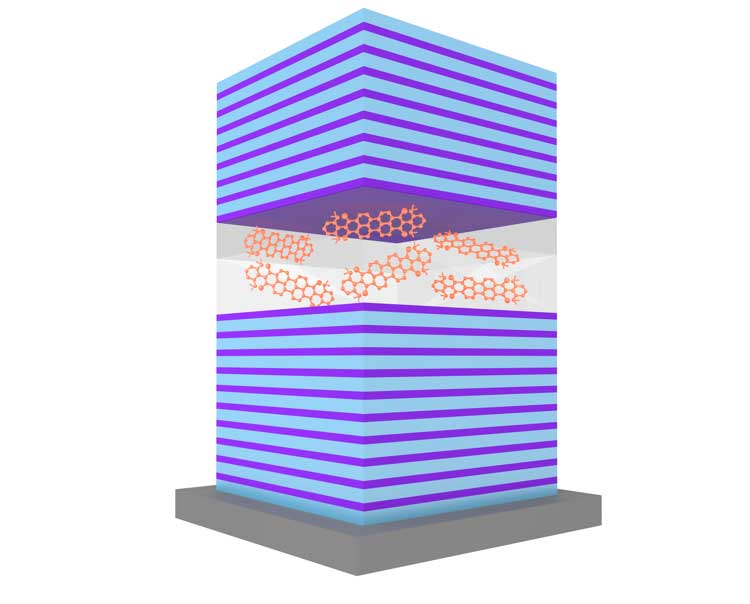Unless you are an expert in the field, the expression “quantum batteries” will probably mean nothing to you. Perhaps you will associate it, just as this writer does, with words you hear in science fiction films. And yet, for the scientific and technological community, it means a lot. The feasibility, not only theoretical but also experimental, of the quantum battery has been demonstrated for the first time by researchers Giulio Cerullo, from the Physics Department at the Politecnico di Milano, and Tersilla Virgili, from the Institute of Photonics and Nanotechnology at the National Research Council, in a study developed in collaboration with international research groups and published in Science Advances.
This phenomenon is called superabsorption and has the potential to lead to the development of a new class of energy storage devices based on models and prototypes developed by scientists. The central core of the model is the idea that larger systems absorb energy more quickly. With this as a starting point, Cerullo and Virgili have developed experimentally for the first time a prototype of a quantum battery: in simple terms, the device consists of microcavities filled with organic molecules, dispersed in an inert matrix, charged using a laser.

“Each molecule represents a unit that can exist in a quantum superposition state of two energy levels”
the authors of the work explained: to allow the various units to exist in superposition, the whole system is allowed to behave collectively. This behaviour, known as quantum coherence, allows the units to act cooperatively, giving rise to a hyper-fast charge that depends on the number of molecule-units.
“Each molecule represents a unit that can exist in a quantum superposition state of two energy levels (fundamental and excited), similar to the way a qubit, the basic unit of quantum information, can be both 0 and 1 simultaneously in quantum computers,” Cerullo explained. Ultrafast optical spectroscopy allows us to observe charging dynamics at femtosecond resolution to demonstrate charging rates and storage capacity.
We are still a long way from commercial use of this type of battery, but the development of new energy capture, storage and transport technologies, combined with interconnections between networks, is vital in all energy transition scenarios and essential to integrating renewable energy intermittency. Cerullo and Virgili now plan to develop a fully working prototype of a quantum battery which may pave the way to new power systems for electric vehicles and electronic devices.
Read the news: polimi.it